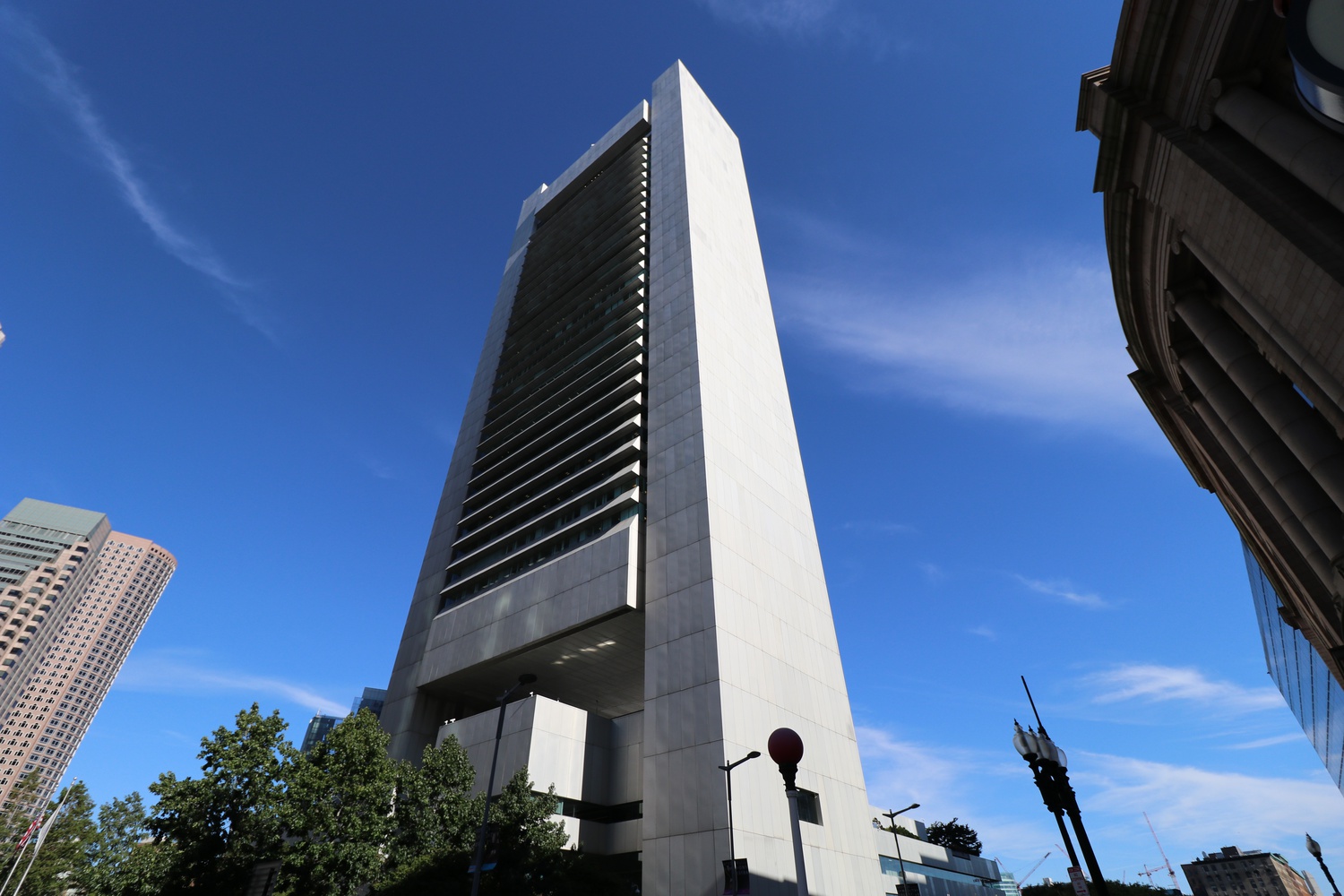
News
Harvard Alumni Email Forwarding Services to Remain Unchanged Despite Student Protest

News
Democracy Center to Close, Leaving Progressive Cambridge Groups Scrambling

News
Harvard Student Government Approves PSC Petition for Referendum on Israel Divestment

News
Cambridge City Manager Yi-An Huang ’05 Elected Co-Chair of Metropolitan Mayors Coalition

News
Cambridge Residents Slam Council Proposal to Delay Bike Lane Construction
Harvard Will Draw Further From Endowment in FY2022 Than Planned, Citing Strong Market Returns

The Harvard Corporation voted last week to draw further from the endowment for fiscal year 2022 than initially planned due to strong stock market returns — a move administrators say will help Harvard’s schools as they cope with the second year of the coronavirus pandemic.
Harvard will now distribute 2.5 percent more in dollar value from the endowment than it did in fiscal year 2021, up from a planned 1 percent increase, Vice President for Finance and Chief Financial Officer Thomas J. Hollister announced in a Tuesday interview with the Harvard Gazette — a University-run publication.
Members of the Corporation — the University's highest governing body — initially voted on the 1 percent increase last fall. The exact payout rate — the percent of the market value of the endowment that is distributed — after factoring in the increase will not be known until the end of the fiscal year on June 30. Typically, Harvard’s endowment pays out roughly 5 percent of its value each year, covering about a third of the University’s operating expenses.
In a separate Tuesday interview with The Crimson, Hollister said the Corporation’s decision was made in large part because the stock market has recovered remarkably in the last year since the start of the pandemic, translating into a strong performance for the University’s endowment.
At the outset of the coronavirus crisis, experts predicted that market turmoil could pose a “grave” threat to Harvard’s finances. The University’s endowment nevertheless grew to a historic high of $41.9 billion at the close of the 2020 fiscal year.
“When the stock market does well, endowments, including Harvard’s, typically do well also and based on mid-year results, the trend looks — fingers crossed — pretty good, so the Corporation took this action of increasing the distribution for this coming year,” Hollister said. “It’s consistent with their intent of distributing as much as they responsibly can of the endowment to support all of the endowed research and teaching activities vital to Harvard’s mission.”
The Corporation’s move could bolster administrators, who will likely face two years of consecutively declining revenues for the first time since the Great Depression.
Hollister said that while the increased distribution will help with falling revenues, the decision was largely based on the endowment’s performance.
“The distribution decision is more related to the performance of the endowment than any other factor,” he said.
Thomas D. Parker ’64, a senior associate with the Institute for Higher Education Policy, commended the move, crediting the University’s financial planning to its ability to learn lessons from the 2007-08 global financial crisis.
“This modest increase is in keeping with Harvard’s long standing policy of prudence with regard to endowment spend down, a policy which has enabled it to survive numerous financial difficulties over centuries including its nearly fatal financial downturn as a result of the American Civil War,” Parker wrote in an email.
Parker added that he believes the University’s experiences in the 2008 recession should help its administration handle the losses in revenue.
“Harvard seems to have learned a lesson from the 2007-2009 meltdown and has had bad-case scenario planning in place for some time,” Parker wrote. “As a result, it should be better positioned than most to cope with the substantial losses in revenue which it and most other higher education institutions have suffered.”
Harvard has faced criticism in the past for its reluctance to draw further on endowment funds to cover its expenses. Last year, Harvard College Students for Bernie launched its #40BillionForWhat campaign, calling on the University to spend endowment funds on workers whose jobs were in jeopardy due to the pandemic.
Hollister maintained that the endowment is primarily made up of restricted assets that legally cannot be used for purposes other than those stipulated by donors.
“The ability to fund out of the endowment is a balance between trying to fund as much as possible and yet being responsible to the donors’ wishes,” Hollister said. “It’s not a big checking account that can be simply drawn down at will.”
Parker cautioned that the exact payout remains undetermined and market circumstances could change.
“Right now most institutions, including Harvard, are in a guessing game about how much and how fast revenues will increase as Covid recovery progresses. Until that picture is clearer, the 2.5% number probably represents a best estimate rather than a precise calculation,” Parker wrote.
—Staff writer Virginia L. Ma can be reached at virginia.ma@thecrimson.com.
—Staff writer Kevin A. Simauchi can be reached at kevin.simauchi@thecrimson.com. Follow him on Twitter @Simauchi.
Want to keep up with breaking news? Subscribe to our email newsletter.
